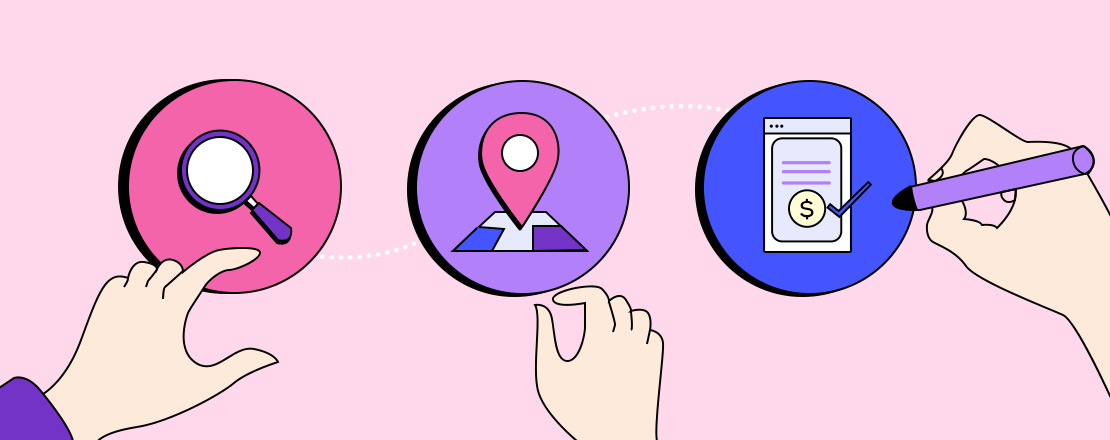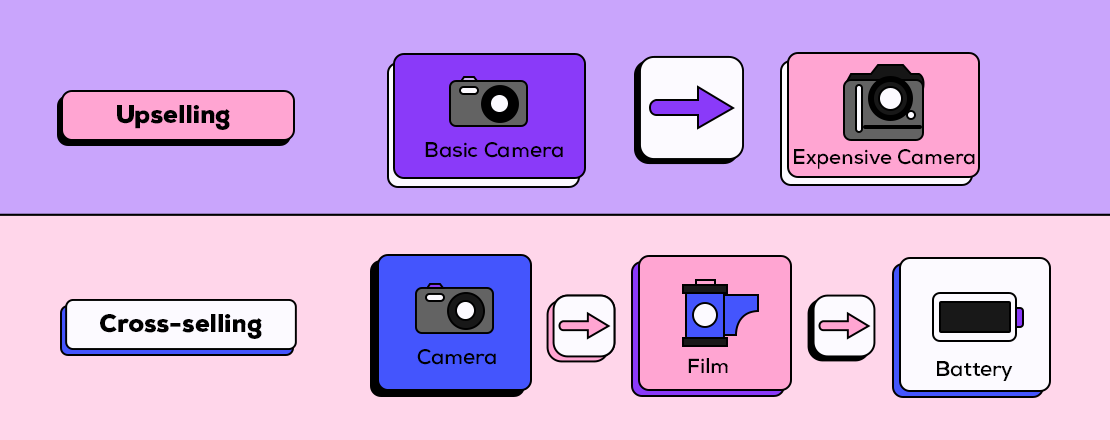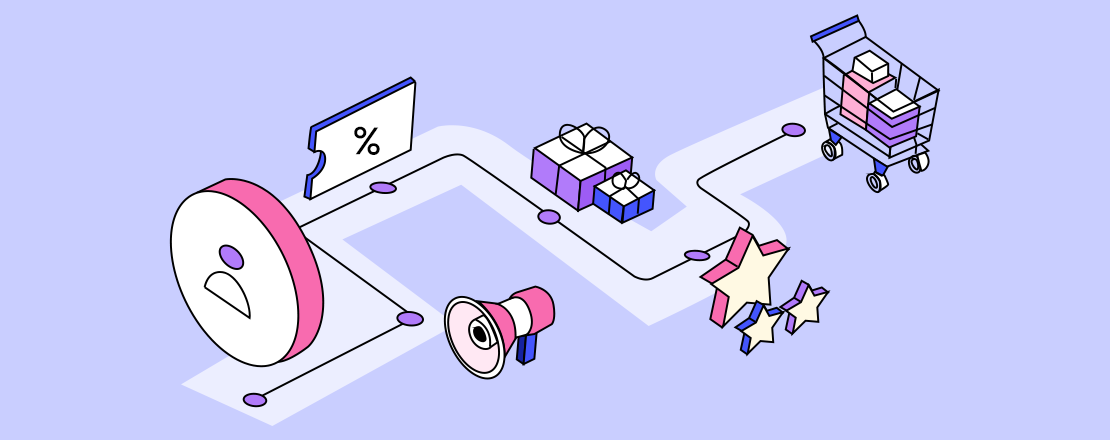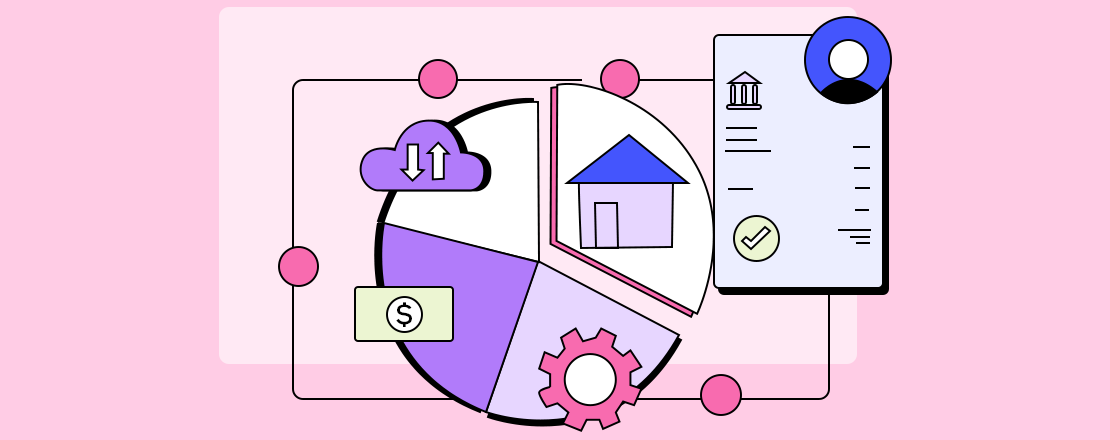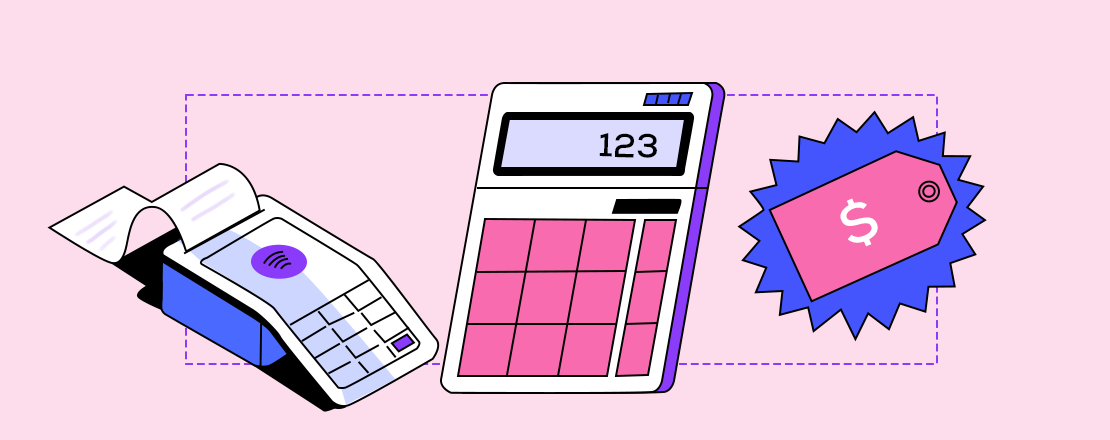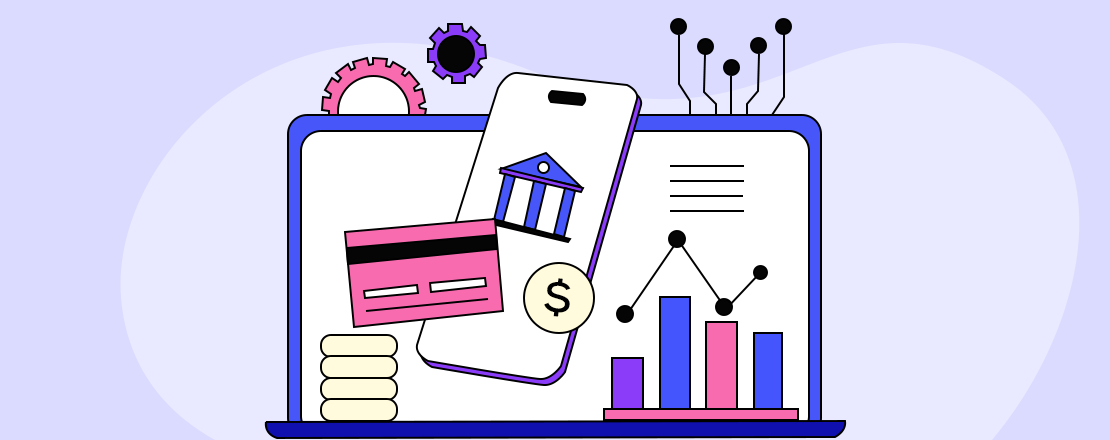The COVID-19 pandemic resulted in worldwide shelter-in-place mandates and industry shutdowns that crippled most national economies, leaving many workers in a troubled financial situation while confined to their homes. Short on cash, many buyers needed online options that delayed payments without charging interest. This necessity led merchants to adopt a buy now, pay later (BNPL) business model to alleviate financial pressure and meet online shopping demand. Here we’ll look at the history of the momentum of the BNPL model and explain why it would benefit merchants to adapt and simplify their shopping experience for consumers.
Why are BNPL Business Models Growing in Popularity?
BNPL solutions have become increasingly popular with consumers for several reasons. Those reasons include (but are not necessarily limited to) the following:
The Payment Installment Process is Familiar to Consumers
Payment installments are not a new concept. The “layaway” plan, where a retailer holds a product until the buyer pays its total purchase price, has existed for decades at brick-and-mortar store locations. Consumers are familiar with this process, and many have used it effectively in the past – particularly in the months leading up to the holiday season when consumers feel compelled to stretch their pockets.
However, as more and more people move to digital shopping but remain on a strict budget, the traditional layaway plan has given way to digital BNPL solutions.
COVID-19 Forced Online Shopping
The coronavirus outbreak has accelerated the integration of e-commerce solutions. In-store shopping traffic dropped significantly as shelter-in-place orders went into effect.
This restriction complicated an already challenging situation for merchants facing intense competition from online businesses. Merchants who had previously passed over digital checkout options now have little choice but to implement them to attract and retain online customers.
E-commerce’s rising popularity has opened new possibilities for consumers, and merchants must identify solutions to capture online shopping traffic in a hyper-competitive climate. Even as governments ease pandemic-driven restrictions, buyers have become accustomed to the online experience, and many are reluctant to relinquish that convenience and resume in-store shopping.
Younger Consumers Prefer E-Commerce
Most analysts agree that the BNPL market will continue to increase as Millennials and Generation Z abandon credit cards in favor of e-commerce solutions. For the most part, younger consumers have grown up with e-commerce as a standard means of shopping, meaning that many are more familiar with filling digital shopping carts than real ones.
In other words, while merchants may already struggle to get the older demographics back into stores, encouraging the younger generation to begin in-store shopping could prove even more difficult.
BNPL is, therefore, a logical fit for a demographic more accustomed to digital purchasing but still opting to pay fixed quantities rather than making lump-sum payments.
Other reasons why the younger generations tend to lean towards BNPL are as follows:
- They tend to have fewer resources to finance their purchases.
- They may be more amenable to exploring alternative payment methods and more willing to entertain financing offers at the time of purchase.
- They often have limited credit lines.
Consumers Prefer the Convenience of Fintech
Many Millennial and Generation Z consumers adopt financial technology across the board, using fintech solutions to shop and manage their finances.
As stated earlier, fewer consumers are using banks to handle and secure their finances. As online companies enhance their bank-like services to include digital payment options, savings accounts, and investment products, more customers choose Fintech companies for convenience and efficiency.
In addition, many digital financial services now provide features for online budgeting and the designing of long-term financial plans. They do this by providing the following:
- Granting consumers more control over their money.
- Providing customers with a means to track spending in real-time to avoid overdrawn accounts.
- Allowing customers to monitor their outstanding BNPL obligations to avoid over-leveraging themselves.
These features help consumers avoid debt spirals that often occur when purchasers borrow too much money or overuse BNPL options.
Money is Still Tight
While governments might be easing pandemic-driven restrictions, uncertainty about long-term employment and financial well-being will likely remain for some time. These concerns have acted as a catalyst in further BNPL expansion.
People have been utilizing payment installment opportunities to spread out lower-cost necessities – not just big-ticket items. Unfortunately, this has become commonplace for many families who have struggled to make ends meet in recent months.
BNPL Revenue Strategies Differ from Credit Cards
Traditional credit card companies make money when customers cannot repay on time because they charge high interest fees. The longer a customer makes partial or even the bare minimum payments, the more that interest compounds.
BNPL providers, on the other hand, often charge zero interest. They turn a profit when customers repay their debts and realize no financial benefit from interest on outstanding balances.
In other words, they create transparency in a previously complex industry with structured, interest-free repayment plans.
The Way of the Future
While the concept of installment payments and point-of-sale financing is not new, BNPL business models are inherently digital and adaptable to ongoing evolution. Fair, flexible, and transparent payments are increasingly vital for building a high-quality customer journey and increasing sales conversions.
Our platforms provide you with the technology necessary to offer BNPL business models, including interest-free payment installments that attract digital shoppers. To learn more, request a demo or email us at support@skeps.com.







